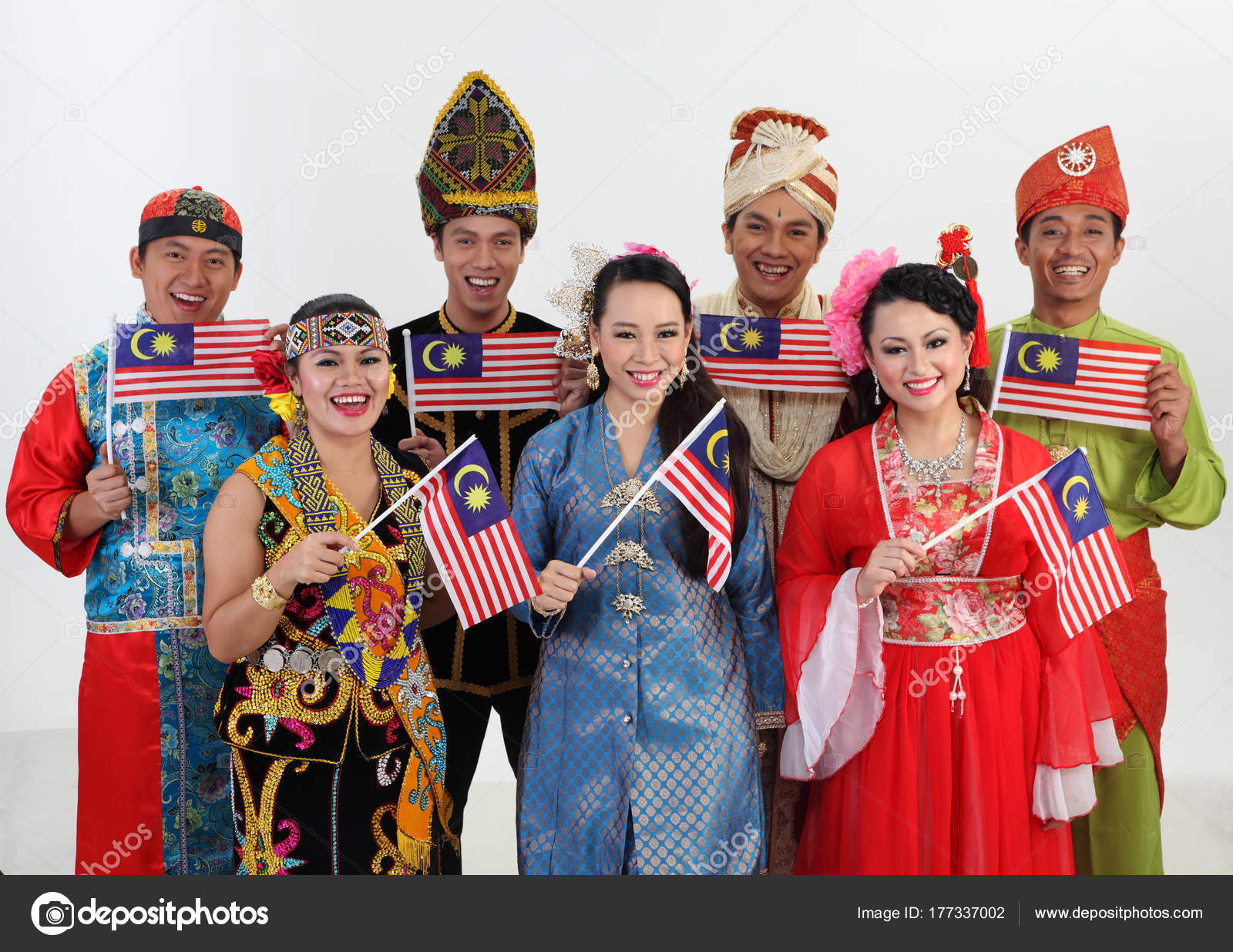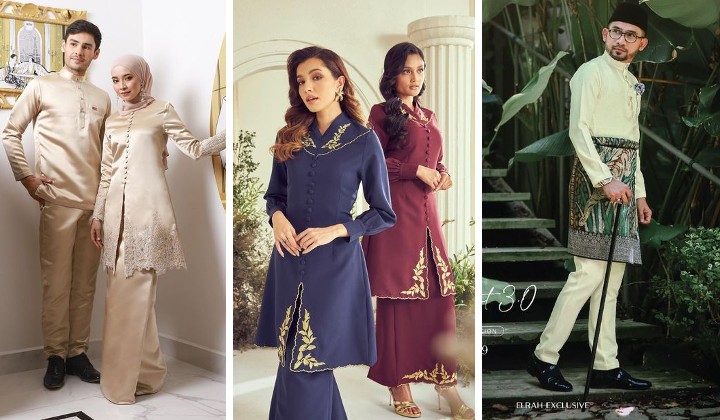Malaysians’ traditional clothing serves as a social and cultural emblem. Malay, Chinese, and Indian cultures are the three that predominate in Malaysia. In addition, Malaysia exemplifies a multicultural country with distinctive traditional attire.

Malaysia’s three largest ethnic groups are Malay, Chinese, and Indian, and each has distinctive traditional garb. Most Malaysians dress like people from the West. The majority of the time, people only dress traditionally in Malaysia for special occasions. All of Malaysia’s multi-ethnic traditional clothing is colorful, unique to their culture, and brimming with life.
For today, instead of just sharing traditional from the three main ethnicities in Malaysia, I’ll also be sharing the traditional clothes of other different ethnicities in Malaysia!
Malay


Malaysia’s most significant ethnic group is Malay. In the official tongue, clothing is referred to as pakaian. The traditional clothing is typically in strong, vibrant colors and is different for men and women.
Men: The baju melayu, or loose tunic with pants and a sarong known as a “sampin,” is the traditional clothing for Malay men. The traditional hat known as the songkok or kopiah is also worn by men with it. Some men favor pairing their batik shirts with pants.
Women: Kemban, which includes sarongs tied over the chest, was the customary attire for Malay women in the past. Women currently wear baju kurung, which consists of a long skirt called kain and a knee-length, full-sleeved shirt. One side of the skirt is pleated. A scarf is typically worn on the head while wearing this outfit. The kebaya, a two-piece skin-fit outfit, is a semi-formal variation.
Kadazan

The Kadazan are a creative ethnic group in Malaysia’s Sabah. Since the past, their traditional clothing has been successfully preserved.
Men: Their traditional attire consists of a jacket with golden motifs, trousers, and a siga (a type of headdress). Destar cloth is handwoven and used to make the siga.
Women: Their traditional attire, known as papar, consists of a gold-thread embroidered one-piece belted with silver coins. Additionally, a siung, or hat made of bamboo strips, is worn. Typically, this clothing is made of silk or black velvet.
Iban

In Malaysia, there is an indigenous group known as the Ibans. They are well-known for weaving colorful, patterned cotton garments referred to as “pua kumbu” and dressing in ways that resemble warriors.
Men: The baju burung is the traditional attire of the Iban. This attire resembles that of a warrior, with a vest on top and a woven skirt at the bottom. These males also sport an anklet, armlet, and headwear made of silver.
Women: The traditional attire of Iban women is made of bidang cloth, which is used to sew women’s skirts, and includes silver belts, bangles, and other ornaments as well as marek empang, a chest ornamentation.
_______________________________________________________________________________________________________________________________
In particular during festivals, Malaysia is the center of traditions and culture. The country is remarkable because of the wide variety of communities and their distinctive traditional attire. It brilliantly represents the ideals of respect for one another and tolerance for differences among the various ethnic groups. In conclusion, every race has its own traditional clothing in Malaysia(although I did not manage to show all). It transcends the distinctive culture of a particular race and tourists from other countries also adore Malaysian traditional clothing. I believe that the distinctiveness of each traditional cloth must therefore be safeguarded and preserved as it also preserves and strengthens Malaysian identity.
Being Indian, I wasn’t aware of the vast Indian population in Malaysia. I did know there were many Indians in Malaysia. However, I didn’t realize there were so many that we also have a share in language and other cultural practices like clothing at the national level. I’m a cultural enthusiast, and this was an exciting read for me
I love coming back and reading your blog each week as I do not know much about Malaysian culture and am so fascinated by it. I think the clothing is unique, and I love the vibrant colors. I never knew the men wore clothing like this as I thought it was just the women. This blog was very informative, and I really enjoyed it!
Hi Bella! As a fashion enthusiast, I really loved seeing the different cultural clothings of Malaysia! It’s really interesting to see the similarities and differences of the outfits between different ethnic groups and how they all contribute to the diversity and unique culture of Malaysia. I also found it nice how you described the outfits and showed the differences between mens and womens wear and why certain clothing is designed a way. The traditional wear is beautiful, and I’m so glad you shared it with us!
Hi Bella! I found it so interesting how integrated clothes are to your culture. It is funny to relate this to American culture and think about how we are known for our jeans and t-shirts that hold very little significance.